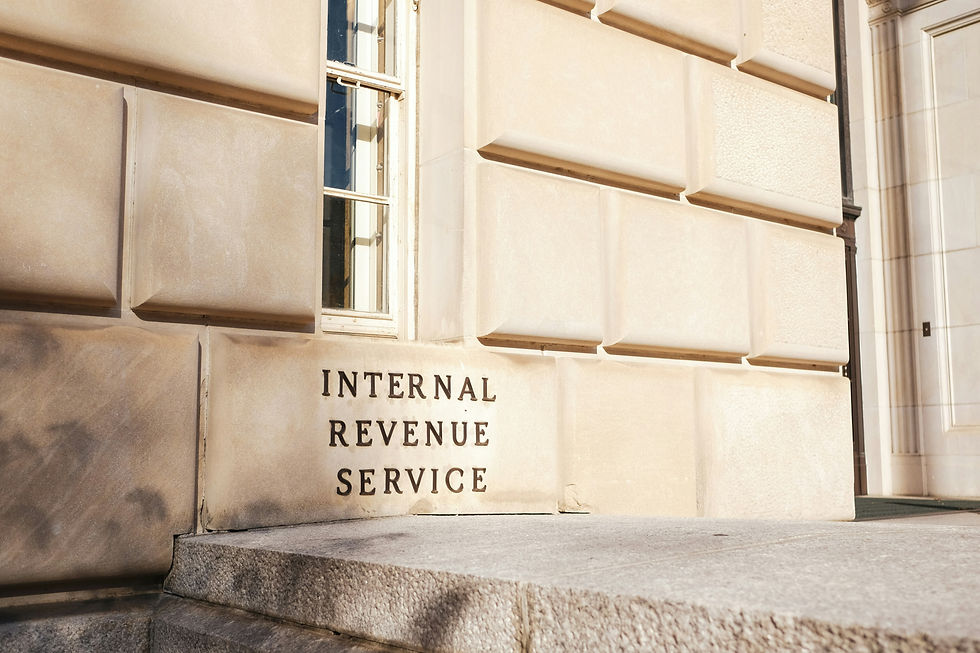Do I take owner's Draws or officer salary?
- Jacquie Carter

- Mar 10, 2023
- 3 min read
Updated: Jun 19, 2023
Two questions I often get are:
What are the differences between owner’s draws and officer pay?
How much is an owner allowed to take?
Just like anything else in accounting, the answer is not a simple one, and highly depends on your practice situation. First, let’s start with the definitions of both and a little explanation of how they’re different from each other.
Officer pay is the salary paid to the owner of a company if the company is structured as an S or C Corporation, and includes federal and state payroll taxes. Once a company is an S Corporation, the owner is required to be paid via payroll and not only draws. For sole proprietors or LLCs, owner’s draws are the way that you will pay yourself from the company, not officer pay. This will require the addition of a payroll software system to manage payroll if not already in place.
Reasonable compensation is based on your role in the company, and what a typical person would be paid to do the work in the industry that you’re performing. The IRS can come in and audit your practice, and if they feel that you did not pay yourself a reasonable wage, they can reclassify your draws to payroll and that will create back payroll tax liability. It’s always best to start off with a solid reasonable compensation so that the risk is minimized.
Owner’s draws are just how they sound. You’re withdrawing funds from your company for personal use, and they are not taxable to you, the practice owner. If you’re a sole proprietor or LLC, the owner is not allowed to pay themselves through payroll, so an owner’s draw is the only option. For S Corporations, an owner receiving officer pay may also receive an owner’s draw. A word of caution on draws: they should not exceed your total equity (basis) in the company. You won’t find your draws on the profit and loss statement because they are not viewed as an expense of the company. They are instead a withdrawal of your equity, therefore you can find them on the balance sheet. Owner’s draws should be reserved for regular payments to the owner of a sole proprietor or LLC and regular draws to the owner of an S Corporation in addition to their salary. Personal expenses should not be run through the business on a regular basis and just classified as draws.
Each practice is different, so the above advice is designed to provide an overall view of the differences between owner’s draws and officer salary to get a good handle on the differences and what they mean. We have designed a worksheet to help you understand what all goes into your officer salary as an S or C Corporation, if you are debating on whether or not to switch from an LLC. Join our mailing list here to receive a copy of our compensation template. Not only will you receive the template, but you will have access to additional tools to help your practice and be notified when any new blog posts are posted!
We provide advice on a much more customized basis with our ongoing services, so if you’re interested in hearing about how GreenOak Accounting can help your practice thrive, please schedule a complimentary consultation with Sarah today!
subscribe here for weekly updates!
This article is designed to provide information only and should not be considered legal or tax advice. Because of the complexity of the law and the variables in your own personal tax situation, you can’t rely on our advice specifically related to your unique circumstances. In order to get the best tax savings and legal advice available to you, you should consult with your own accountant, attorney or advisor regarding your particular facts and circumstances. GreenOak Accounting is an accounting firm that specializes in working with counselors and therapists in private practice. We provide monthly accounting & bookkeeping services, 1-time services and online courses. For more information on our specialized services for therapists please visit www.greenoakaccounting.com




شيخ روحاني
رقم شيخ روحاني
الشيخ الروحاني
الشيخ الروحاني
شيخ روحاني سعودي
رقم شيخ روحاني
شيخ روحاني مضمون
Berlinintim
Berlin Intim
جلب الحبيب
https://www.eljnoub.com/
https://hurenberlin.com/